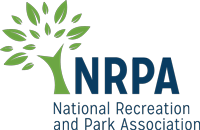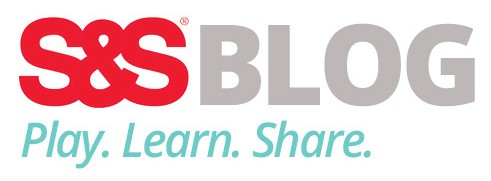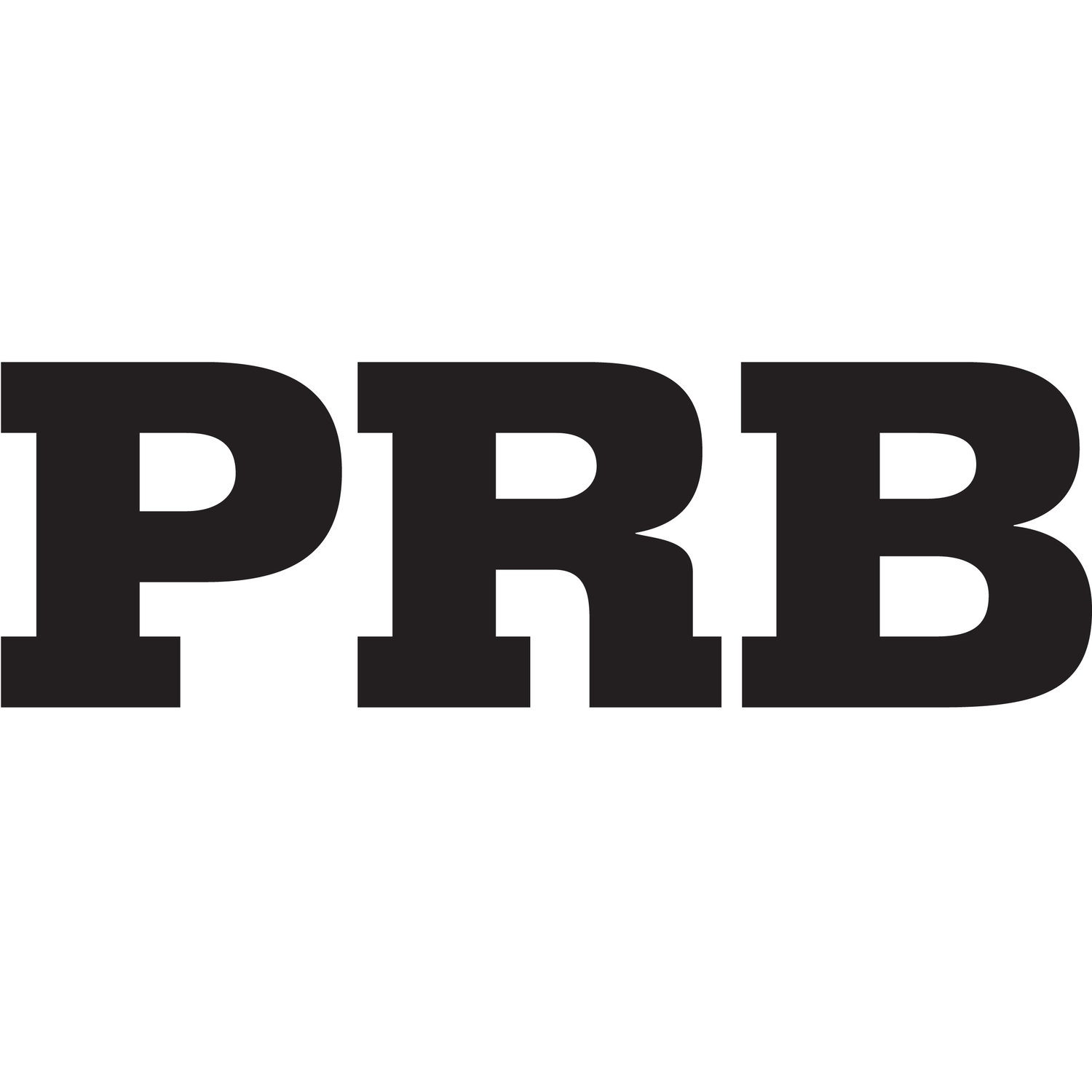Advisory boards can come in many different forms. You may be required to report to a board as part of your organization structure, you may have a board that you have voluntarily set up to assist with managing your organization or you may have a board or committee set up for a specific cause such as fundraising. The definition of an Advisory Board and the difference compared to a formal Board of Directors is as follows:
Advisory Board: An advisory board is a group of experts who lend their skills, guidance, and knowledge to an organization. These board members are volunteers and offer advice that helps an organization grow and achieve its goals. An advisory board is different from a board of directors in the fact that they are not authorized to act or make binding decisions on behalf of the organization and they do not have any fiduciary responsibility. The informal nature of an advisory board gives greater flexibility in structure and management compared to the board of directors.
Here are some Pros and Cons to setting up volunteer advisory boards or committees:
Pros
- Expert knowledge in the field. This does not mean that all your advisory board members are camp industry experts. Their knowledge can come in a variety of fields such as finance, accounting, sales, technology, etc.
- Gives more credibility to your participants and the community.
- Allows a team effort on important decisions.
- Can provide a different perspective on issues and finding solutions.
- Ready and willing volunteers. Many times volunteer advisory board members will help out in other areas when you need extra hands.
- Marketing and Promotion. Generally advisory board members have a lot of contacts within the community and can be your biggest cheerleaders to promote or generate more word of mouth on your programs.
- Leverage Connections. Board members can provide connections with others in the community that you may not be able to reach on your own.
Cons
- It can be difficult to find new members
- Board members may become inactive without fulfilling their term
- Board members may get too involved and overreach
- Board members may have their own goals and incentives to be there outside of the goals of the group
- It is timely to manage the board and hold meetings
- Board members may give bad advice
- There will be a cost to factor in such as staff time, recruiting, allocating resources, catering for meetings, etc.
Depending on the structure of your board, amount of members, the personalities of the boards members, and how they work together as a collective group can all play factors on how you are able to manage them. Here are some guidelines on how to effectively manage your advisory board:
- Create a set of guidelines or charter. This is extremely important and your guide to managing your board. Within the charter you want to make sure you outline the duties and responsibilities of the board, set term limits, max amount of board members, structure of the board, policies and procedures, voting and decision making responsibilities, outline how to apply and qualifications to be accepted, etc.
- Set clear goals and expectations. From the first time you meet a new board member as well as the board as a collective group, it is extremely important that they know the goals of the board and the expectations that you set to participate.
- Nominate a board chair. This person is the leader of the board and keeps them on track during meetings. You can also have the board elect other positions as well. Common positions are vice chair, secretary, and treasurer.
- Meet regularly. Meeting times and frequency should be agreed upon and set when all board members are able to attend on a regular basis. If you are not consistent with meeting times you will constantly be fighting against everyone’s busy schedules and participation will dwindle. You will be able to achieve the most when all board members attend meetings regularly.
- Have clear and defined meeting agendas. While holding board meetings you want to have a clear purpose for the meeting and what is to be discussed or decided. Veering off topic too often can cause long unproductive meetings.
- Define responsibilities. The main reason you want to set clear expectations on the role of the board member in your guidelines is to define their responsibilities to only those limited specific duties. Overzealous and overreaching board members may try control operations or make decisions behalf of the organization which would be outside their scope, role and capacity as a board member. This can cause big problems and headache for you to manage as an administrator.
- Provide communication tools for the board members. Use these tools to allow board members to communicate with you or each other, to track progress on a project, to see updates and agendas on meetings, etc.
- Assess performance. Tracking performance of the board is essential to keeping them on track. Provide detailed meeting notes from previous meetings that can be reviewed at the current meeting. Send reports, show benchmarks or progress, and give periodic assessments on the tasks at hand.
- Empower the board. Give your board members the guidelines and tools to succeed and empower them to do great things within your organization. The best boards can work together and make decisions as a collective group while taking on tasks on their own.
- Say thank you…A LOT: Similar to all the other volunteers within your organization you want to say thank you and give recognition as much as possible.
An active, knowledgeable, high energy and effective board can be a game changer for an organization and help take them to new heights. On the flip side a poor mismanaged board or committee of any kind can drag an organization down and make it harder to achieve their goals. Put in the time, effort, and resources necessary to manage your boards effectively and take your camps to the next level!
Favorite







